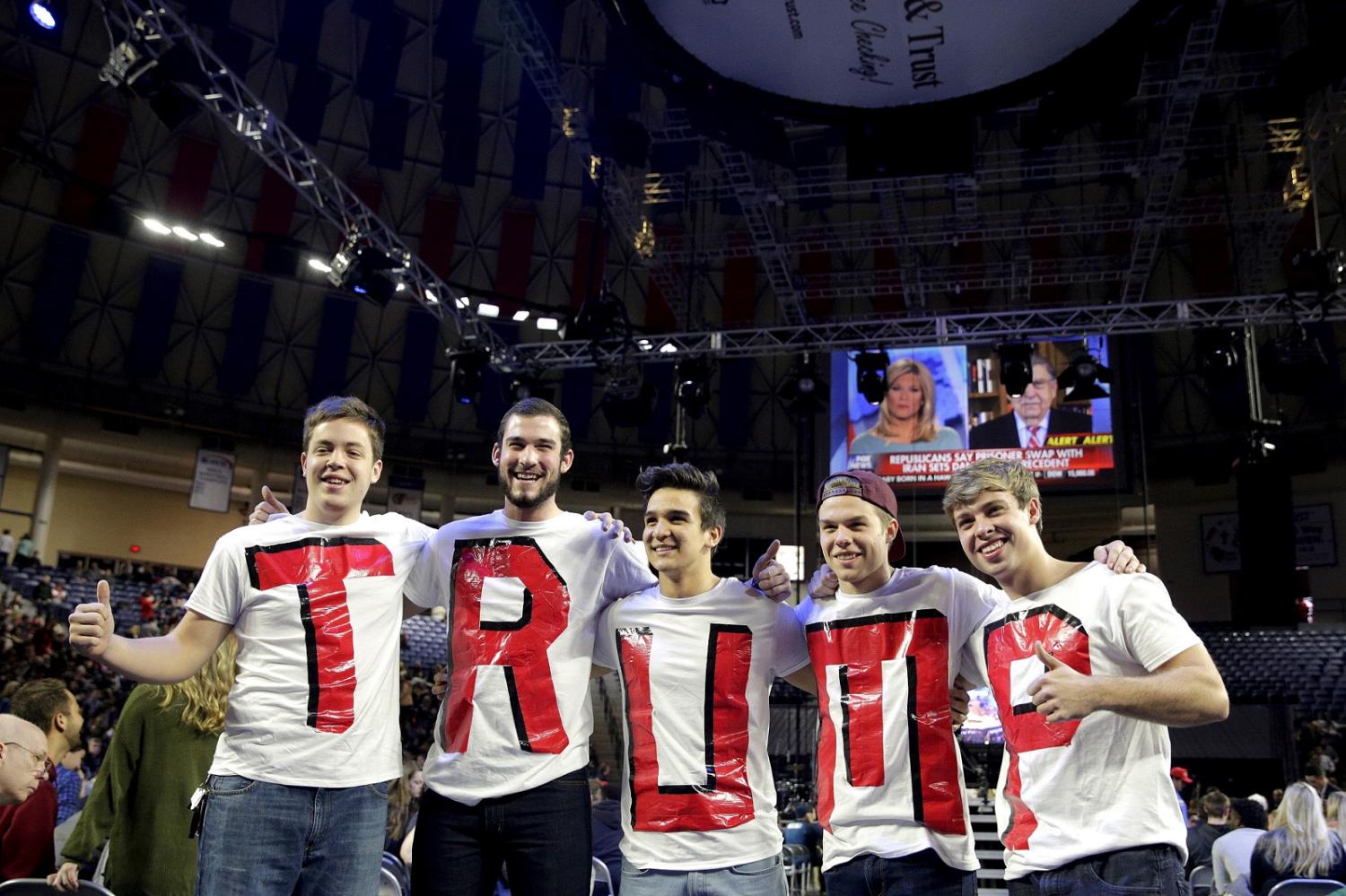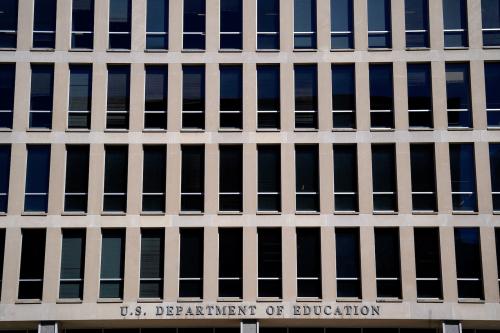Editor’s Note:
This post originally appeared on U.S. News and World Report’s Knowledge Bank blog
It has been seven weeks since Donald Trump’s come-from-behind presidential win, but his victory wasn’t the only surprising outcome of the election. In reflecting on the events of the campaign and the new direction in education conversations in the wake of the result, it strikes me that there’s a sharp contrast in the prominence of education issues before and after the election.
During the general campaign, education policy was rarely mentioned among the two candidates (though education issues received some airtime during both parties’ primary campaigns). Yet, in media coverage since Nov. 8, many education issues have been prominently discussed, and not in ways that we necessarily saw coming.
This surprising prominence of education after the fact leads me to believe that it was actually a much bigger issue in the election than what most people realized (myself included). Let me explain a few things that made me rethink this election:
The U.S. Department of Education’s actions conflicting with Republican values.
For one, many in the Republican party have viewed the Department of Education with suspicion for decades, even while Republican presidents have embraced the federal role once in office. Former President George W. Bush, for example, famously strengthened the federal role through No Child Left Behind Act. In this context, Trump’s calls to shutter the Education Department (along with other candidates in the Republican primary) seemed to many like paper tigers. But perhaps this quick dismissal of a long-time Republican talking point overlooked the possibility that conservative grievances against the department may be qualitatively different this time around.
Of course, Trump’s railings against the Common Core educational standards to reject federal overreach into classrooms genuinely missed the mark. Yet, many states and districts have been feeling coerced by federal pressures for more than a decade now under No Child Left Behind, and this has been exacerbated with Race to the Top and waivers under President Barack Obama’s administration. The Education Department’s focus on school turnaround using prescribed models that seemed tailored only with urban schools in mind certainly did little to help educators in rural locales feel like the federal government actually understood and was working for them.
Additionally, the Education Department under Obama has been aggressive not only on academics but also on other practices like policing sexual assault on college campuses and access to bathroom facilities. The “Dear Colleague” letters from the department’s Office of Civil Rights seemed to exemplify executive overreach to many, and the letters themselves prescribe liberal policy changes that brush up against long-held social norms that conservatives value.
Is it any wonder, then, that Trump’s transition team has signaled that its first two priorities are to move the ball forward on school choice and rolling back the Office of Civil Rights’ directives? These positions appear to be strategic to pick up easy political wins by promising greater school autonomy and restoring more traditional norms in schools, consistent with long-held Republican values.
Education and the electorate.
One of the major findings coming out of exit polling is the split in support among voters by education levels, with Clinton taking the college-educated vote by a 10-point margin (52 percent vs. 42 percent), compared to Trump taking the vote of non-college-grads by a 7-point margin (51 percent vs. 44 percent).
Clinton improved upon Obama’s 2012 performance in the most highly educated counties, while Trump made major strides in the most uneducated counties. Looking at the state level, those states whose populations exceeded the national average of educational attainment went to Clinton and those with the least educated populace went to Trump with only five exceptions.
These wins should not be a major surprise as Trump has been leading – and bragging about – the “poorly educated” vote since his Nevada primary victory in February. Yet, this divide by education is a remarkably large split in the context of recent presidential elections.
Given these results, one can readily imagine a future state of the world where education becomes a political tool. Promoting college enrollment and graduation become the means to develop a Democratic voting bloc, while reducing public investments in education (particularly higher education) become strategies to maintain Republican dominance in capitols across the country. America’s light can only dim if promoting an educated citizenry becomes politicized.
Democrats’ failure to promote education that matters to Trump voters.
A related point to the educational divide is whether different education policy during Obama’s administration may have produced a better outcome for the Democratic party in this election. Trump enjoyed the greatest level of support in locales that are estimated to have the lowest levels of economic mobility; in other words, where the transmission of poverty status from one generation to the next is most likely. Education at all levels – pre-K, K-12 and higher education – are all integral parts of promoting greater social mobility; yet, maybe all of the education reforms under Obama failed to move the needle among some of these high-need populations that may reside outside major cities.
Workforce retraining to help move trade-affected workers into other occupations was a long-time Democratic talking point as part of the social safety net, until it wasn’t. Now, the most salient adult education issues on the left are increasing access to higher education and (particularly during the Democratic primary) debt-free college.
And while these discussions about college are worthwhile to have, they likely do not resonate with people in Trump’s core areas of support. These include voters in rural communities, who may view higher education with ambiguity – a boon in human capital for the community as long as those pursuing it, in fact, return to the community. Similarly, voters in communities adversely affected by trade would probably be happier to see greater interest in helping mid- or late-career adults learn new skills for other industries, rather than making sure that young adults can avoid tuition.
The U.S. Department of Education under the Obama administration has made some strides in promoting vocational and technical education, but these efforts were probably too little too late. And one could argue they’ve focused more on helping minorities see opportunity in STEM fields and less on helping struggling adults in the country.
Though there were plenty of other important issues that framed both the campaign and election results in 2016, education now takes on greater importance in hindsight. Taken together, all of these arguments make me think that perhaps education turned out to be a key issue hiding in plain sight.
The Brookings Institution is committed to quality, independence, and impact.
We are supported by a diverse array of funders. In line with our values and policies, each Brookings publication represents the sole views of its author(s).





